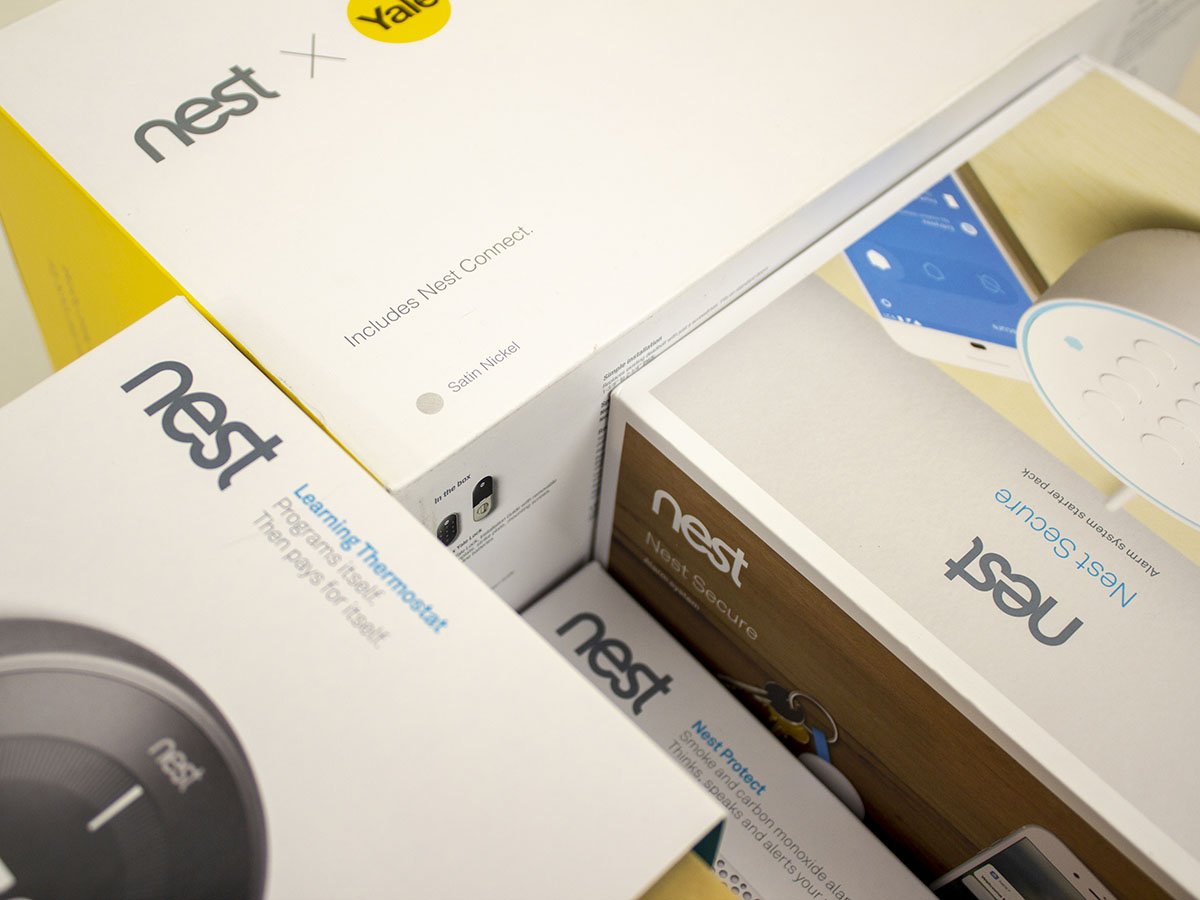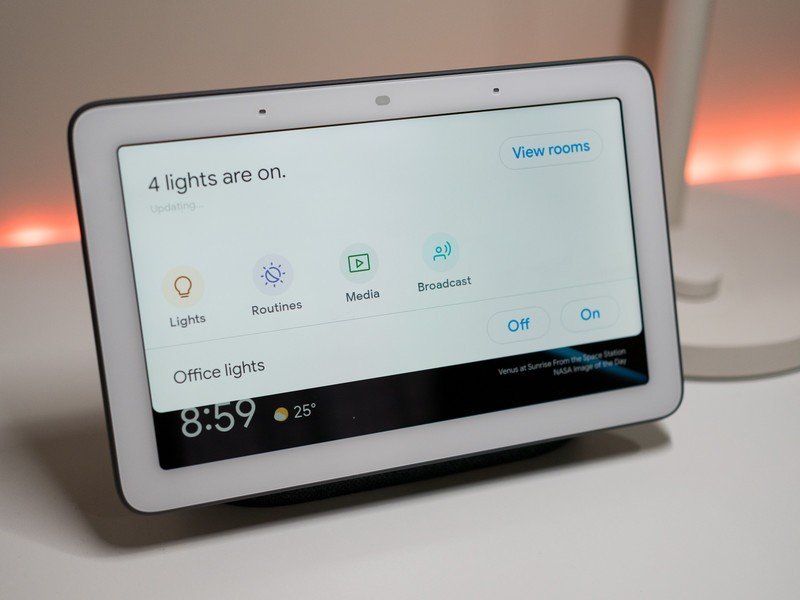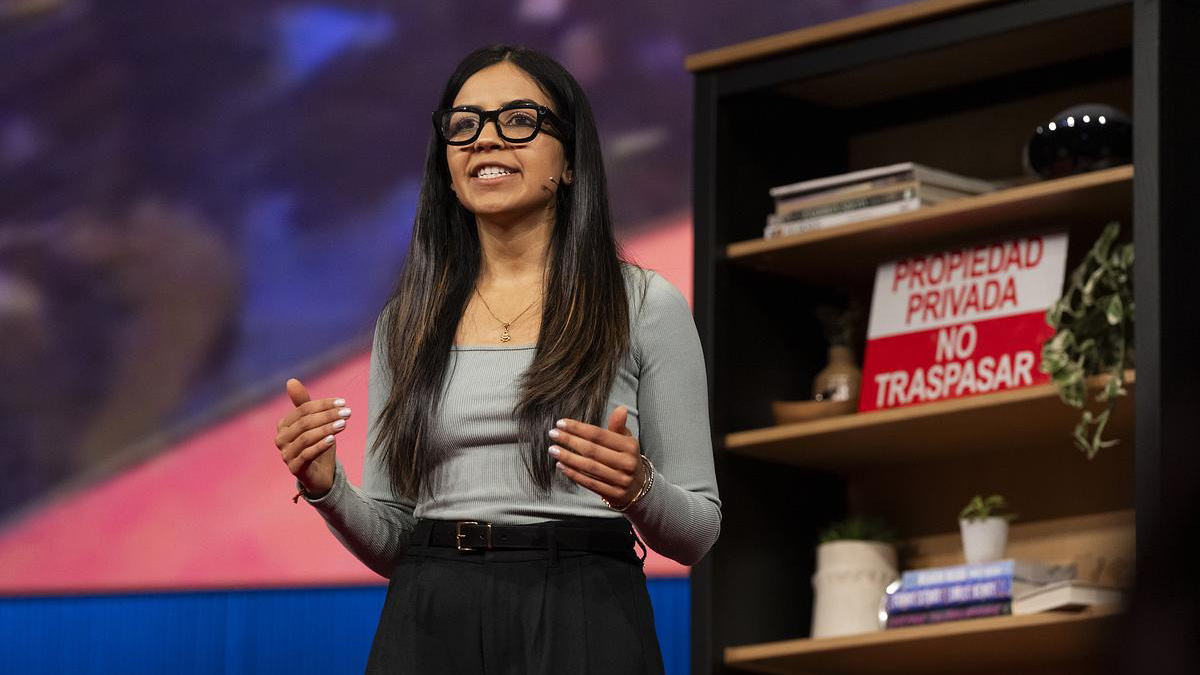Google Nest debuts Home Routines, Works with Assistant improvements

What you need to know
- New privacy and security features include scrupulous annual third-party security checks.
- Home Routines allow Nest products to trigger partner product actions based on situations.
- Device Access provides developers and power users with an API to deeply integrate Google Nest products with others.
Google recently began retiring the Works with Nest program under the guise of a "renewed focus on privacy and security" but, up until now, we didn't have a clear idea of what that meant. With today's announcement, Google Nest is proving that it's dedicated to making the most secure smart home on the market by creating a series of programs that do everything the right way, right from the start.
Three new pillars create the foundation for a brilliant "helpful home", as Google Nest puts it. Front and center is security and privacy, which are significantly enhanced from previous iterations of similar designs. Google Nest will now allow users to select which of their Google Nest devices shares data with third-party devices and can revoke access at any time. Google will also be performing annual security audits on all certified third-party vendors, making sure customer data and privacy handling standards match those of Google's.
Home Routines is the next big announcement, a program that's an extension of the already existing routines feature found in Google Assistant. Home Routines allow Nest devices to trigger a routine based on status, significantly enhancing current Routine functionality by providing an automated trigger. Home Routines will be suggested automatically based on devices you have added to your home, similar to how Google intelligently suggests phrases in your Gmail, for instance.
Examples include giving the Nest Outdoor Cam the ability to turn on smart outdoor lights when it detects movement, or even automatically vacuuming your home with your robot vacuum when you leave the house in the morning. It's very handy and fits well in Google Nest's "helpful home" mantra.

What's particularly nice is that users don't have to rely on their own creative instincts to come up with new routines; Google has a slew of pre-baked routines based on third-party partnerships they've made, meaning you'll have a list of helpful routines to pick from that work in a single click without needing tweaking or programming of any kind.
Next up is Device Access, which comes in two steps. The first is for developers who will applaud the ability to, once again, directly interface with Google Nest products via the new Device Access APIs. These low-level programming APIs allow for deep integration into daily functions of Nest products and how they interact with third-party smart home products in your home.
Examples of this are might include something like Awair, which detects poor air quality in the home, and could be used to automatically tell your Nest thermostat to cycle the air in the house. Developers will once again be able to integrate their devices like this with Google Nest products through the improved Works with Google Assistant program.
Be an expert in 5 minutes
Get the latest news from Android Central, your trusted companion in the world of Android
The second part of Device Access is the "Device Access for Individuals sandbox", which is designed to offer power users a lower-level way of programming their smart home to reach its maximum potential. This is similar to Home Routines, but designed to be a far more robust way of programming actions.
The Device Access API is available for developers today, and Google will be announcing several partners with new integrations soon. Home Routines will be coming early next year, with partner-made routines available later in 2020.

